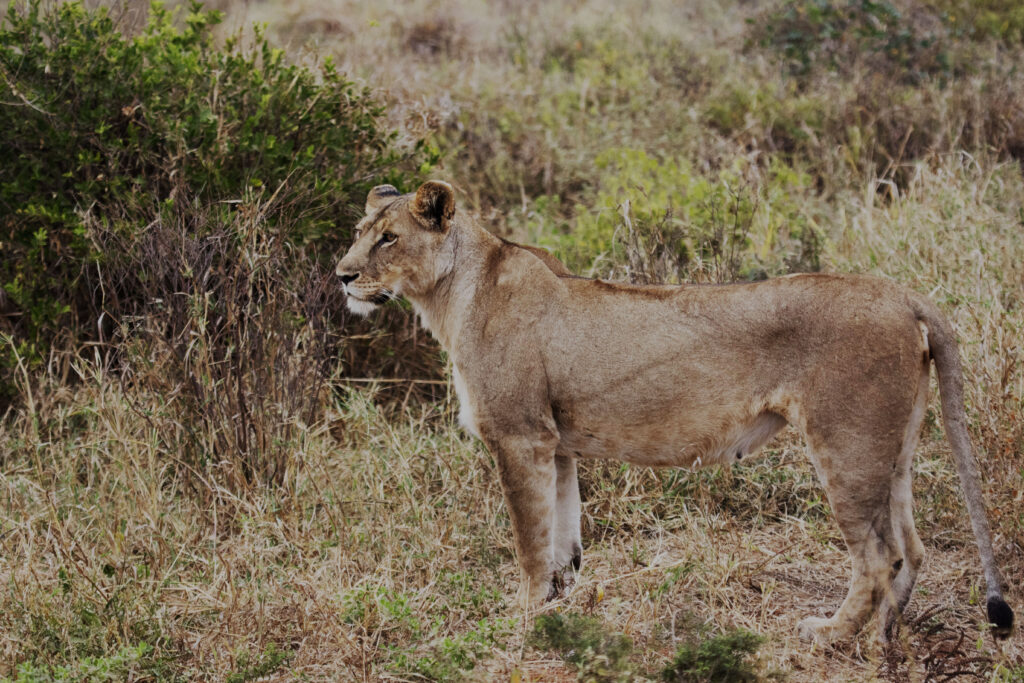
Ngorongoro Crater
Two million years ago a volcano thought to have been slightly taller than Mt Kilimanjaro erupted with such force that the mouth of the volcano imploded. Once the dust settled, what remained is still the largest intact caldera on earth – the Ngorongoro Crater.
Overview and Wildlife Habitat
The crater spans 260 km² (100 mi²), with its rim 610 metres (2000 ft) high. An eruption enriched the area with mineral-rich dust, fostering fertile soils. Underground rivers feed springs, bringing nutrients to the surface.
This environment supports permanent water sources, attracting animals. Their presence enriches the soil further, creating a productive grassland. Over time, swamps and forests emerged, hosting the planet’s densest concentration of large mammals.
Conservation History and Tourism
Ngorongoro Crater, named after the resonant sound of cattle bells once filling its expanse, has evolved from human habitation to a premier wildlife sanctuary. The removal of settlements enabled its transformation into a globally celebrated wildlife haven. It now stands as the core of the Ngorongoro Conservation Area, a World Heritage Site since 1959, lauded for its rich biodiversity and archaeological significance, including the pivotal Olduvai Gorge.
Flanked by the Serengeti and game-controlled zones, it forms a vast conservation mosaic where the Maasai people continue their traditional nomadic life, albeit without cattle grazing within the crater to protect its ecosystem. The crater, a biodiversity hotspot, shelters an estimated 25,000 large mammals.
Regulation and Access
Various tourism regulations within the crater distinguish the safari activities from the norm. No walking safaris are allowed and all the vehicles must leave the crater by 16h30, and as such, no night game drives are possible. Visitors can however enjoy these activities and more at locations outside the crater. There are a few lodges perched on the crater rim, although the majority that visit for safari excursions are generally within an hour’s drive. Long queues at the entrance gates necessitate an early start to maximise your viewing time. Two to three days are suggested to properly explore the crater. There is no airstrip within the crater and the nearest entrance gate is 180 km (110 mi) west of Arusha, where an entrance fee is payable, over and above other transit fees and expenses along the way.
